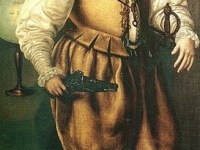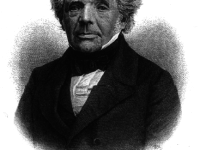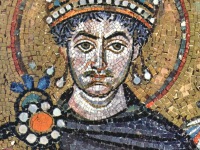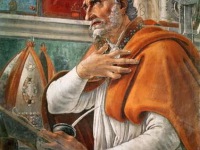Martin Frobisher and the Northwest Passage
On November 22, 1594, English seaman and explorer Sir Martin Frobisher passed away. He is best known for his three voyages to the New World in search for the Northwest Passage. Early Years Frobisher was born around 1535, the sixteenth child of his parents, came from an old Yorkshire family who had lived in the municipality of Normanton in the West Riding of Yorkshire since the mid-14th century. After the early death of his…
Read more





















